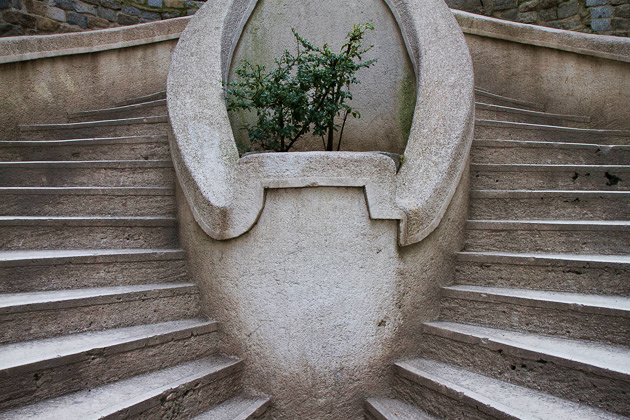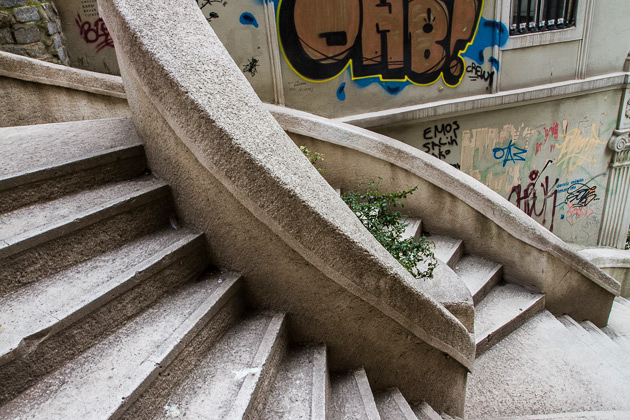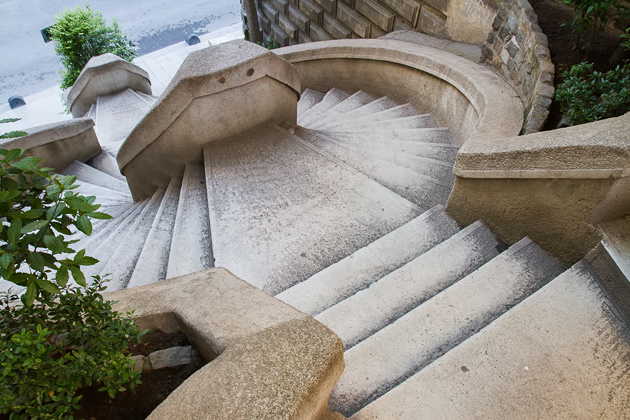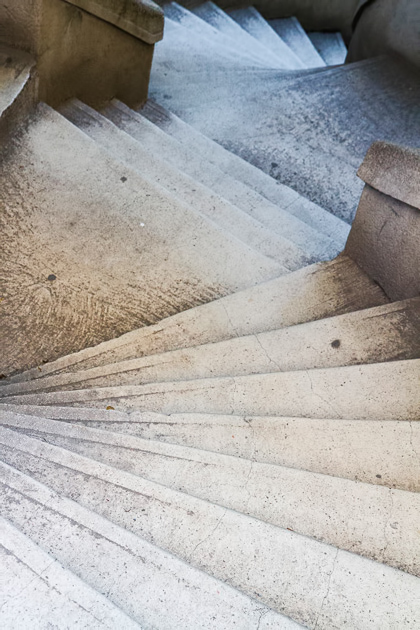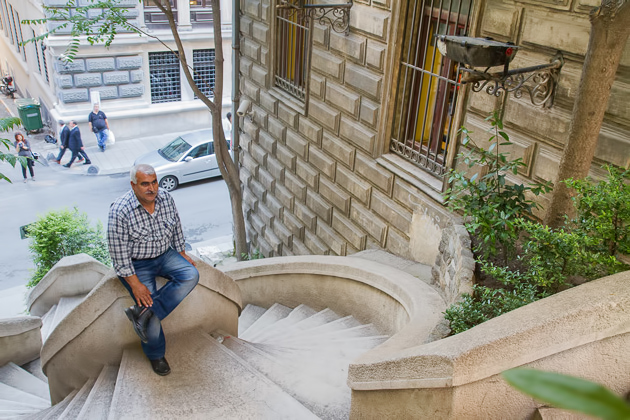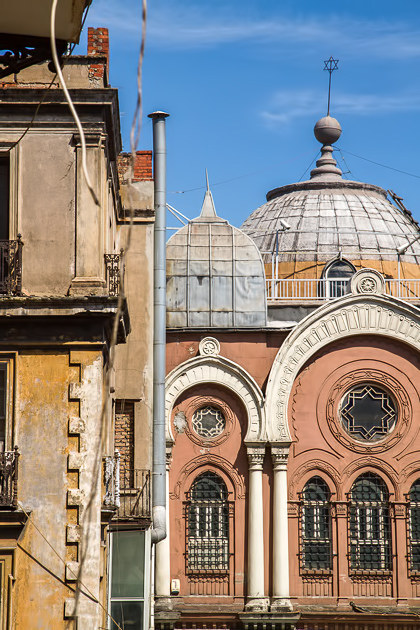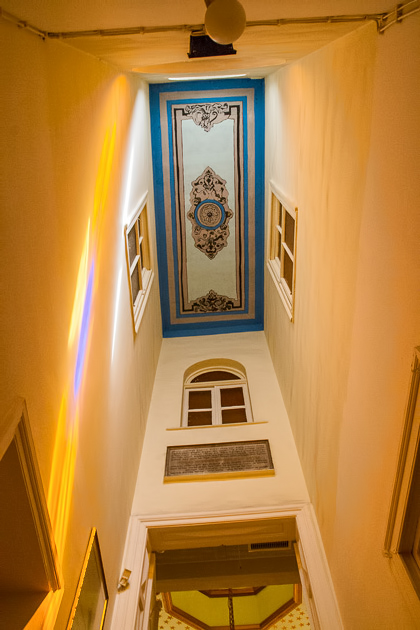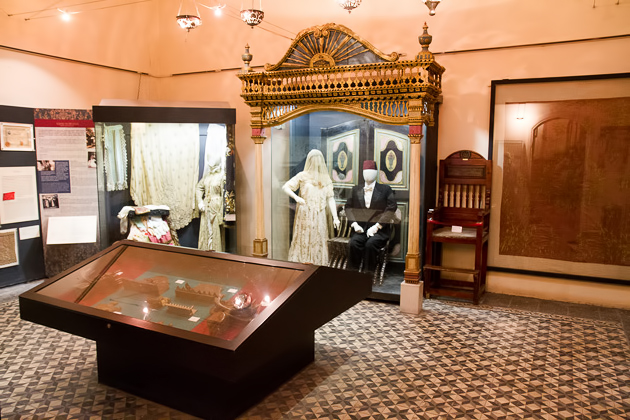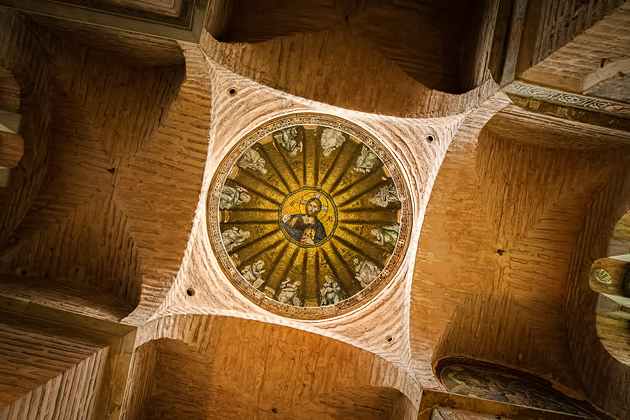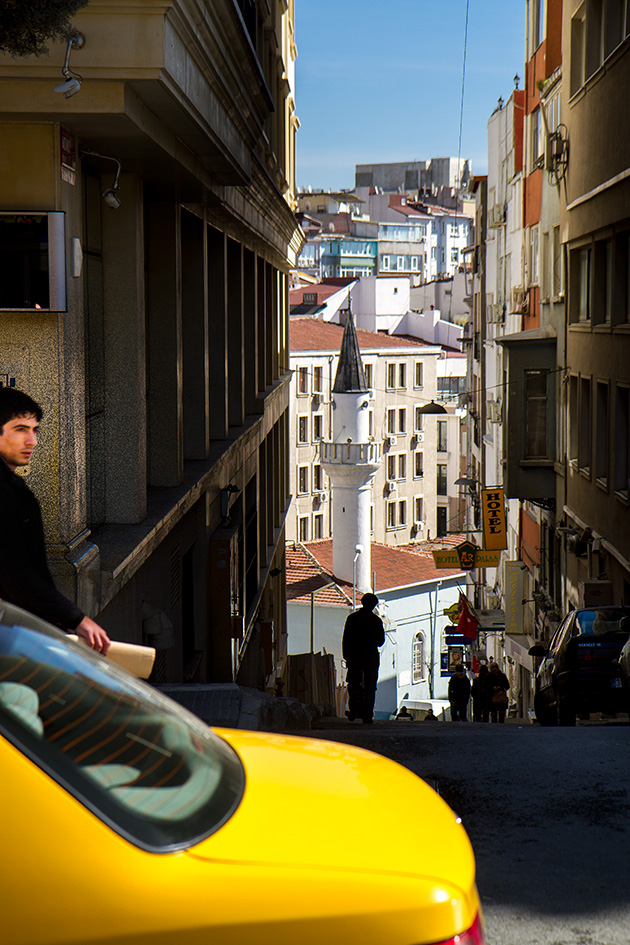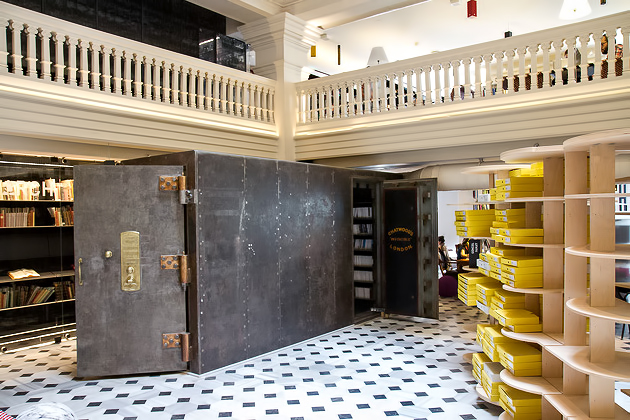The Jewish Museum and Kamondo Steps
Under the Ottoman Empire, Istanbul was one of the world’s great ethnic smorgasbords. Greek, Armenian, Albanian and Turk all got along relatively well and lived peaceably, if not equally, under Ottoman law. So it shouldn’t be surprising to learn that Jews fleeing persecution in Europe found a permanent home here, and have long been part of the city’s cultural fabric.
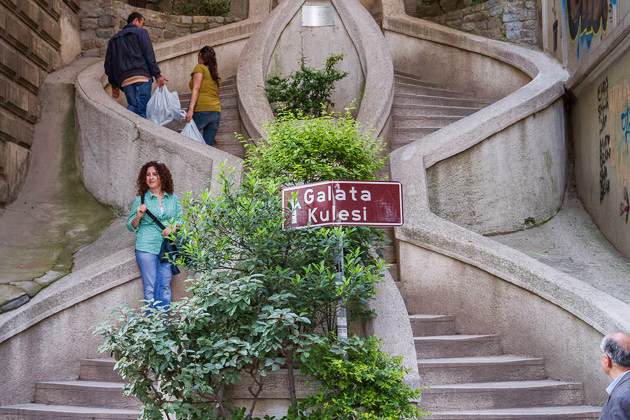
The Ottoman Empire wasn’t just one of the world’s greatest powers, but also among its most tolerant. Ethnic and religious minorities were treated with much more respect by the Ottomans than by the countries of Europe. When Queen Isabella and King Ferdinand issued their execrable 1492 decree expelling Jews from Spain and Portugal, Sultan Beyazit II formally invited them to resettle in Ottoman lands.
Still, it’s silly to pretend that the entirety of Jewish history in Istanbul has been one of roses and sunshine. Antisemitism flared up throughout the centuries, depending on the views of the reigning sultan and the tolerance of other minority communities… Istanbul’s Christians were particularly hard on their Jewish counterparts. But the Jews of the Ottoman Empire had it relatively good, and eventually reached half a million in number. They settled mainly in the neighborhood of Balat, but the city’s most important Jewish Museum is found in Karaköy, inside a converted synagogue.
The museum is small but interesting, concentrating on artifacts like traditional clothing and religious relics. There are detailed accounts of the Jewish migration to Istanbul, and the experience of living in the Ottoman Empire. And the synagogue itself is so beautiful that it’s almost worth the cost of entry, alone.
Near the museum, you can find the curvy Kamondo Steps, built in 1860 by Istanbul’s foremost Jewish family. The gorgeous staircase has become one of the most photographed landmarks in Beyoğlu.
Locations on our Istanbul Map: Jewish Museum | Kamondo Steps

